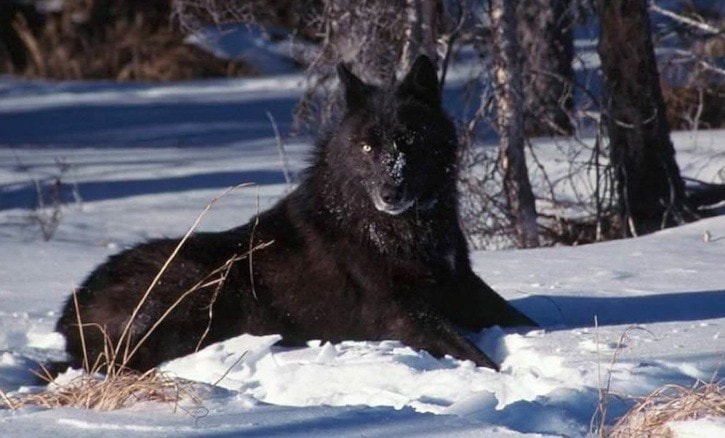The B.C. government has killed 11 wolves in the South Selkirk Mountains and another 73 in the South Peace region in the first year of a five-year plan to protect dwindling caribou herds.
The South Selkirk program left seven to 10 wolves alive because they were not targeting caribou, and their movements continue to be tracked. That mountain caribou herd is down to 14, compared to 18 last year and 46 in 2009.
The South Peace herds have also seen significant losses from wolves, with 37 per cent of adult mortalities confirmed as wolf kills. Four herds in the region, the Quintette, Moberly, Scott and Kennedy-Siding, were targeted in the wolf removal program.
The 700-member Graham herd, the largest in the South Peace, is being left without protection as a control group.
The program to shoot wolves from the air was a last resort after targeted hunting and trapping of wolves proved inadequate, sometimes splitting up wolf packs and increasing predation of caribou.
The South Selkirk herd has been subject to intensive protection efforts on both sides of the Canada-U.S. border. In 2007 the province banned logging and roadbuilding in its 2.2 million-hectare B.C. range and restricted off-road recreation to reduce human disturbance.
In the Peace region, restrictions were approved in 2012 to protect 498,000 hectares of high elevation winter range.
The modern program began in 2003, after decades of managed hunting and other wolf control measures.
For the first part of the 20th century, B.C. offered a bounty on wolves that ended in 1955. Beginning in 1950, baits laced with poison were used in bait stations and later dropped onto frozen lakes and rivers, which killed other species as well as wolves.
Large-scale poisoning in wilderness areas was suspended in 1960, but targeted baiting to protect livestock continued until 1999.
